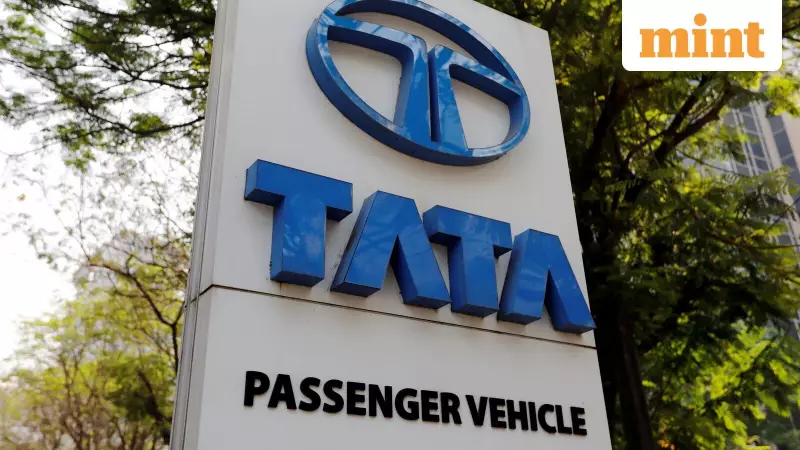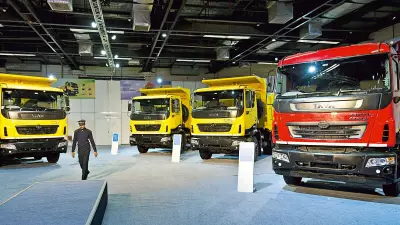
Tata Motors Ltd has reported a powerful financial performance in the second quarter of the fiscal year 2025-26, with the core commercial vehicle business more than doubling its profit. This surge sets a positive stage for the automotive giant to build significant sales momentum in the coming months.
Quarterly Financial Performance: A Tale of Two Results
On the surface, the company's consolidated financial statement showed a loss of ₹867 crore for the July-September period, a stark contrast to the ₹498 crore profit recorded a year earlier. This swing was primarily driven by a ₹2,027 crore loss from the decline in valuation of its investments in Tata Capital Ltd.
However, adjusting for this one-off item reveals the true strength of its operational business. The standalone net profit stood at ₹1,159 crore, more than double the ₹498 crore from the same quarter last year, marking a 133% increase. This was the first independent financial report since the company completed its demerger from the passenger vehicle unit.
Revenue during the quarter saw a healthy 6% year-on-year growth, reaching ₹18,757 crore. The company's operational efficiency also improved, with the Ebitda margin expanding by 140 basis points to 11.4%.
Operational Momentum and Market Context
The company's wholesale dispatches rose by 12% to 97,000 units compared to the previous year. This growth was led by a 11% increase in small commercial vehicle sales (31,400 units) and a 14% jump in medium commercial vehicle sales (16,800 units). The heavy commercial vehicle segment also grew, with 24,000 units sold, a 5% year-on-year increase.
Tata Motors' performance aligns with a positive trend in the commercial vehicle sector, a key indicator of economic health. Rival Ashok Leyland reported a 7% growth in net profit to ₹820 crore, while Mahindra & Mahindra noted a 37% year-on-year surge in commercial three-wheeler and four-wheeler sales to 38,684 units.
A significant turnaround was seen in the company's cash position. It generated a free cash flow of ₹2,000 crore during the quarter, a remarkable recovery from the negative cash flow of ₹2,000 crore in the first quarter ended June. The net cash on the balance sheet stood at ₹1,200 crore as of September.
Optimistic Outlook and Strategic Moves
The management, led by MD and CEO Girish Wagh, expressed strong optimism for the second half of the financial year. "We anticipate a strong second half for FY26. Construction, infrastructure, and mining activities will gain momentum, further fueling demand for trucks and tippers," the company stated.
Wagh explained that some consumers had delayed purchases in the first half anticipating GST rate cuts, but the benefits are now expected to sustain. "Infrastructure spending growth typically leads to growth in sales of medium and heavy commercial vehicles, so the growth should be higher in the coming quarters," he told reporters.
On the global front, the company is progressing with the integration of the recently acquired Italian truck and bus maker, Iveco, in a $4.4 billion deal. Wagh confirmed that the company is working on securing all necessary regulatory approvals before unveiling integration plans. The combined Tata Motors-Iveco entity is projected to sell over 540,000 units annually and generate more than $25 billion in revenue.
Despite the strong operational show, Tata Motors' shares settled 2.84% lower on the day of the earnings announcement, underperforming the Nifty Auto index.





